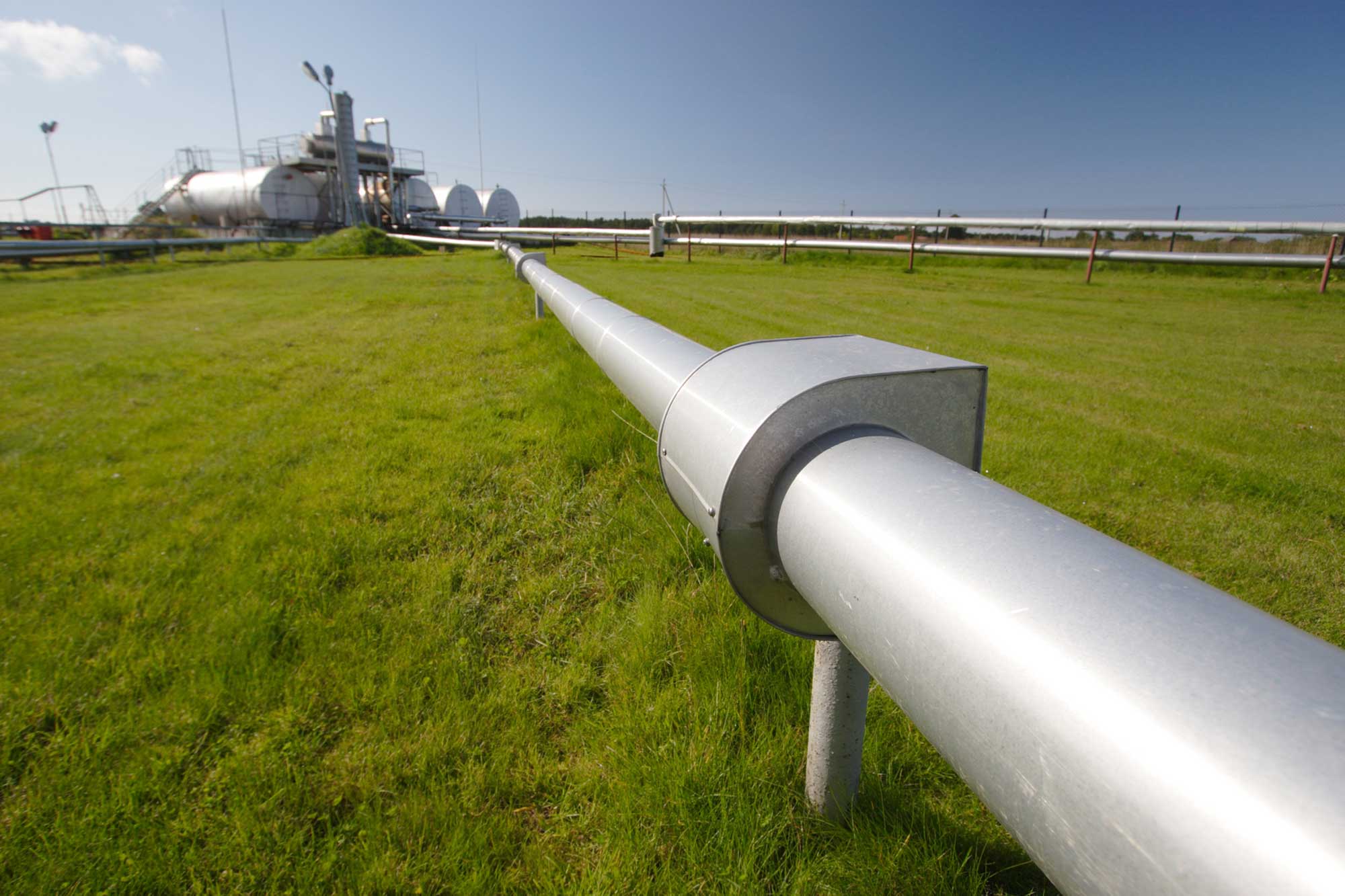Reliable determination of quality and calorific value of complex gas mixtures
Natural gas is a natural product and typically contains about 90 percent methane, as well as ethane, propane, butane and other hydrocarbons, plus nitrogen and carbon dioxide. Gas from a broad variety of countries is fed into the German natural gas network, supplemented by biogas and, in the future, increasingly by hydrogen. The latter will be generated as a temporary storage for surplus electricity according to the power-to-gas principle. The calorific value varies depending on the composition of the gas. This is decisive for the quality of the natural gas and it also determines its price.
IR spectroscopy replaces complex gas chromatography
Therefore, regular measurements at distribution points in the gas network or at industrial consumers with critical processes provide information on the actual calorific value of the natural gas. The current standard method of measurement is gas chromatography (GC). This technique is comparatively expensive, quite slow and complex in operation, for example because carrier and calibration gases have to be stocked. In cooperation with RMA Mess- und Regeltechnik GmbH & Co. KG in Rheinau, Fraunhofer IPM has developed an alternative measuring system for the analysis of complex gas mixtures that operates on the basis of infrared spectroscopy (IR). The spectrometer is able to measure the individual gas concentrations at sub-minute intervals and requires little maintenance as no calibration or carrier gases are needed. Hydrocarbons up to C6, CO2 and N2 are quantitatively determined with very high accuracy - which is a challenge, since the different natural gas components appear in a very broad concentration dynamic: Methane has a share of about 90 percent, ethane and propane are in the 1 percent range - while the higher hydrocarbons such as pentanes are found at concentrations below 0.1 %. All components must be recorded with an accuracy down to the sub-per-mille range – at least for billing-relevant applications.
